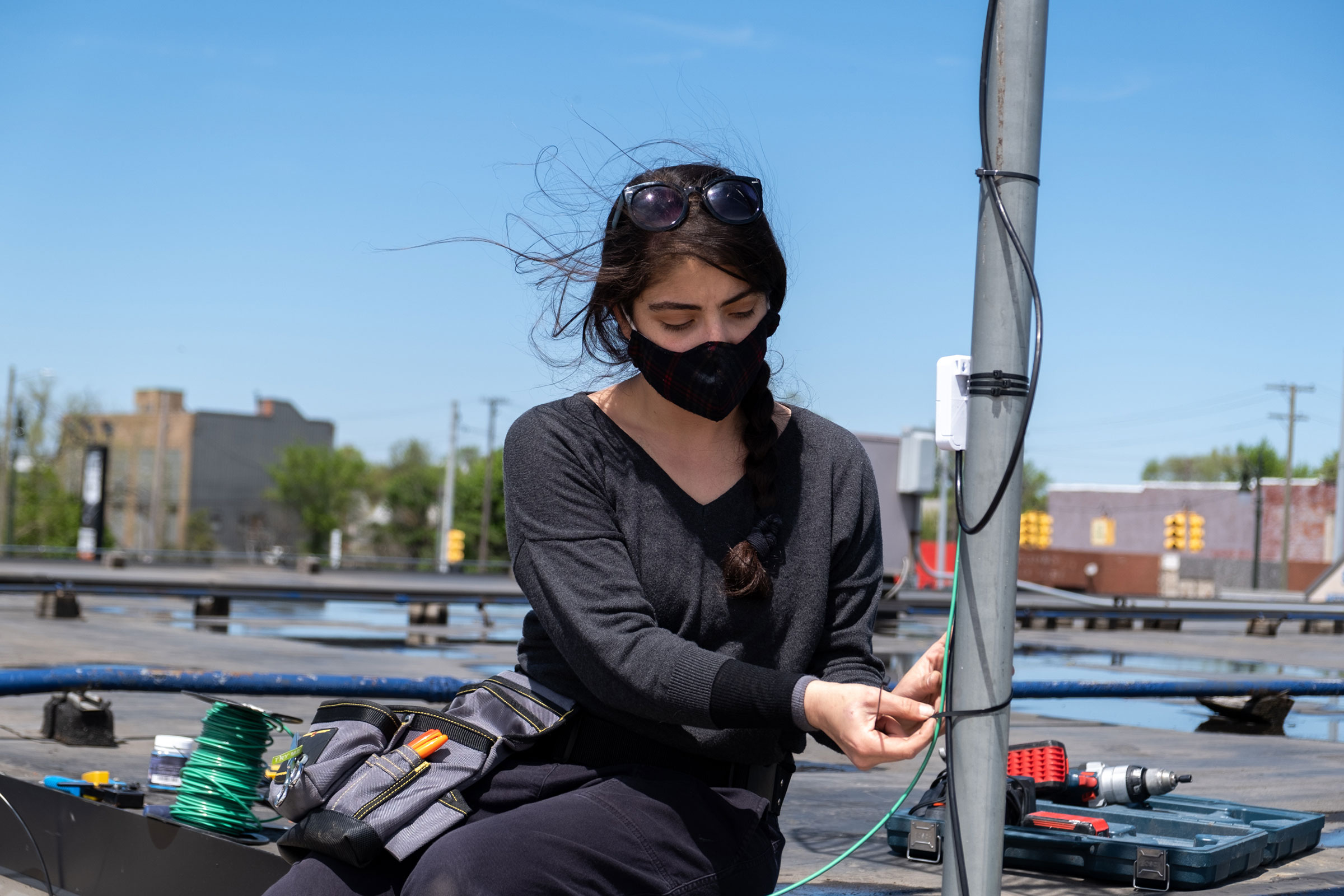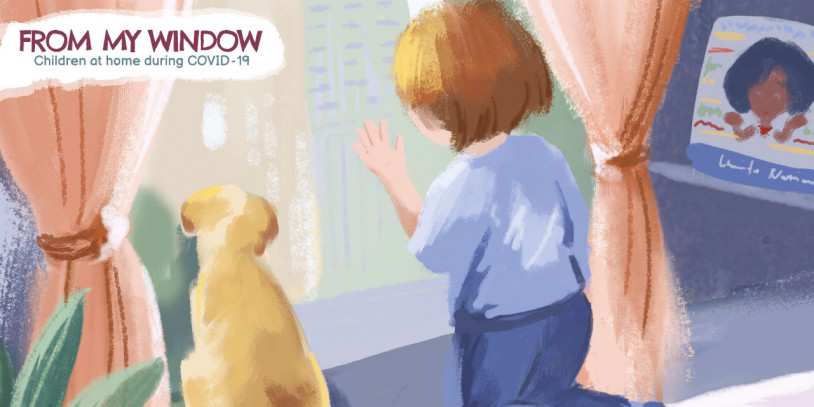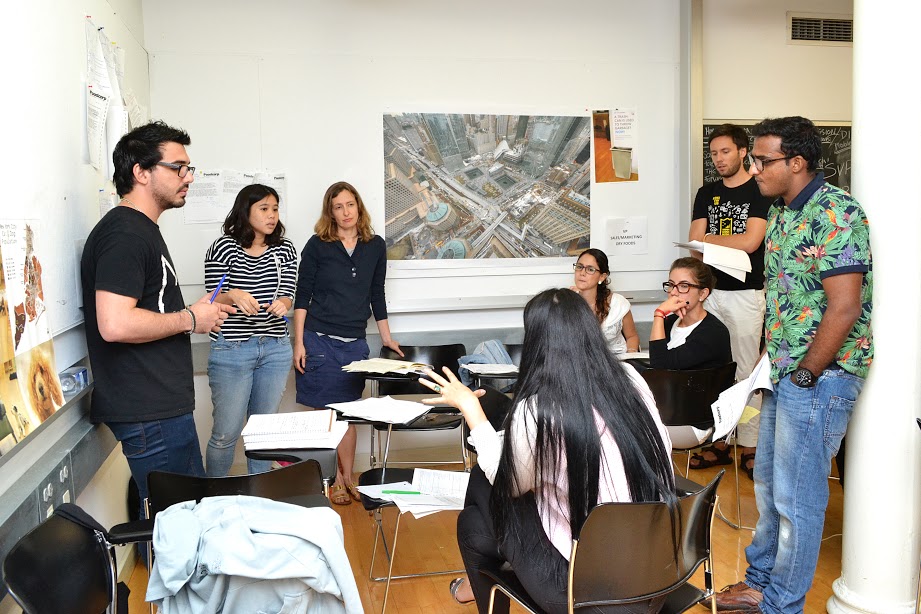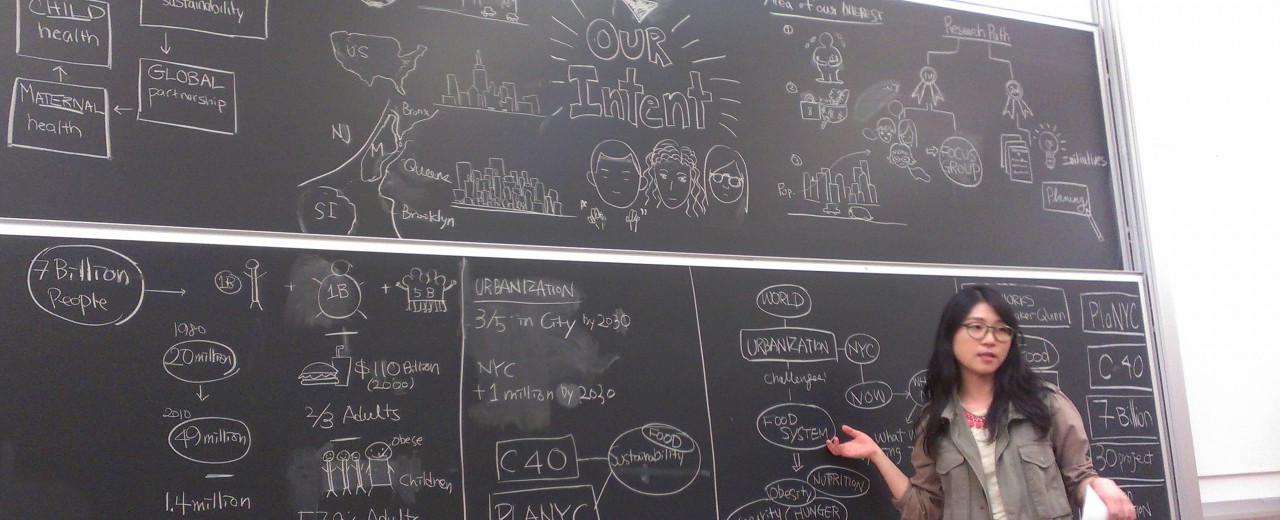
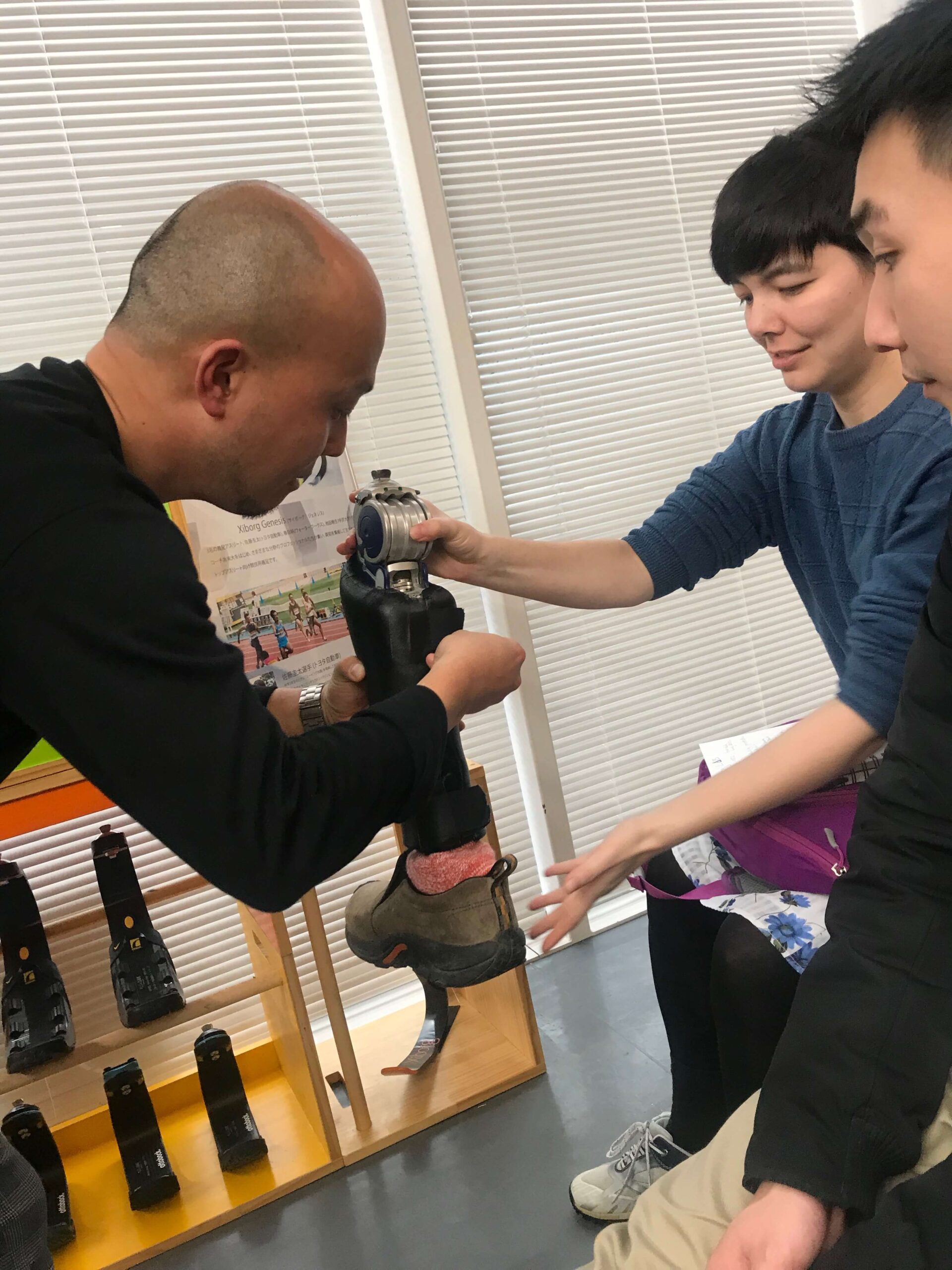
Advance your career with an M.P.S. in Design Management at Pratt Institute
Pratt Institute’s M.P.S. in Design Management prepares you to shape the future by aligning design thinking with strategic leadership. Join a dynamic, global community committed to tackling the most pressing business challenges.
Climate change disrupts markets, supply chains, and profitability. Social inequity impacts the buying power of customers. New business challenges require new ways of thinking that advance sustainable development.
Design aligned with business can create new possibilities. Are you ready to be part of that process?
Why Choose Pratt’s Design Management Program?
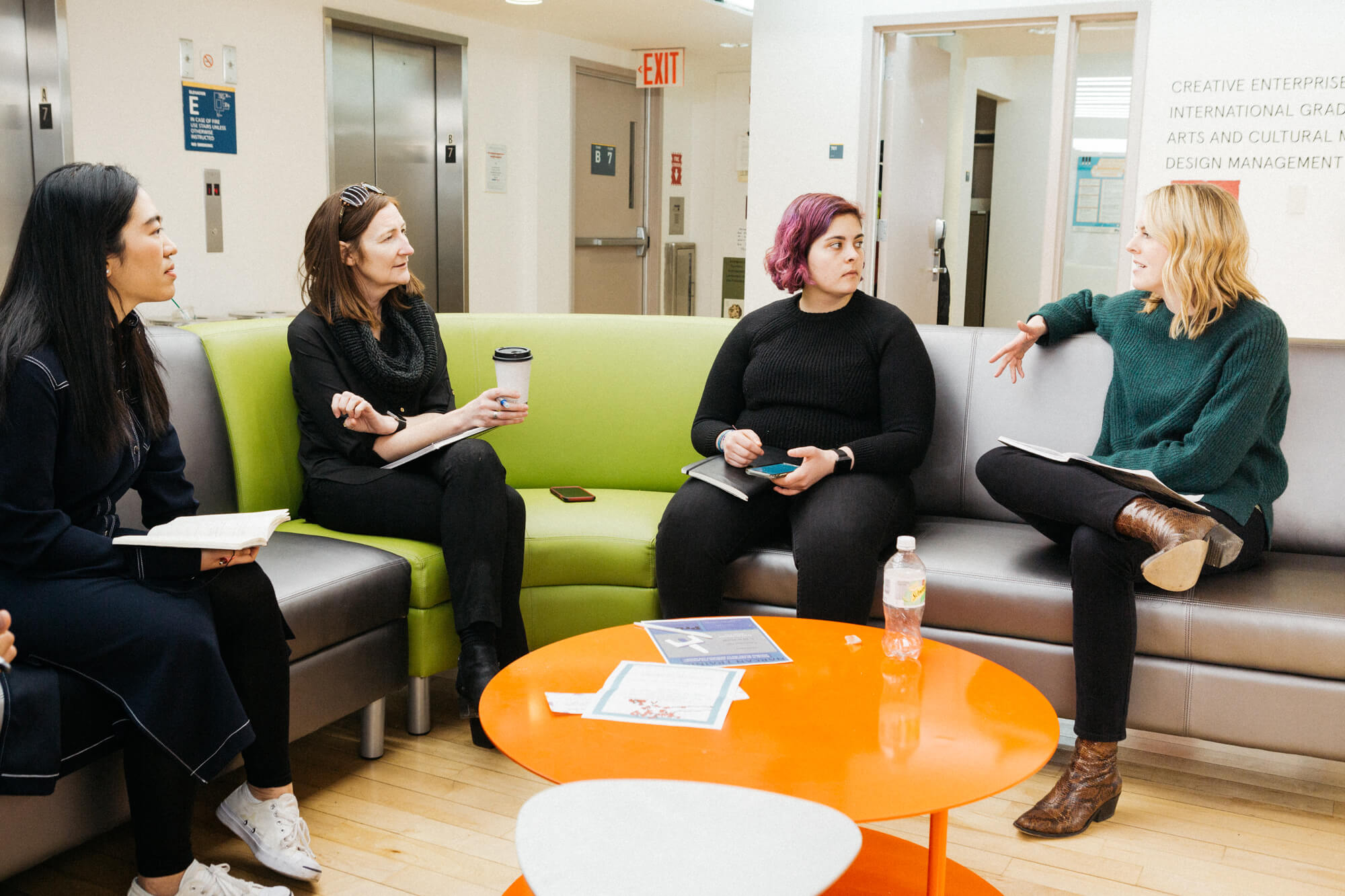
Participants come from around the world, building a lifelong, global network committed to using design to reimagine what is possible.
Students bring experience from across design disciplines including: industrial design, interior design, graphic design, fashion design, communication and information design, interactive media design, architecture, material science, and engineering.
Participants also include those interested in leading creative enterprises who have backgrounds in business, communication, science, culinary arts, hospitality, events management, arts, and humanities. What they have in common is the desire to start, lead, and manage organizations and creative enterprises that will take on critical business challenges that impact our shared world.
Our Faculty
-
Assistant Chairperson; Visiting Assistant Professor
-
Chairperson
-
Professor
-
Adjunct Associate Professor
-
Professor
Success Stories
A Pathway to Career Development, Influence, and Leadership
Pratt’s Design Management program equips you with leading-edge skills in design leadership, strategic thinking, and innovation. Our graduates are able to reimagine how to develop their own careers, shape the future of organizations, create sustainable strategies, and lead with purpose. Pratt’s long history of design excellence assures that you’ll have access to a network of faculty dedicated to your success, industry leaders, and alumni willing to help and mentor.
Take the next step in your career, join our alumni, and become a leader who redefines possibilities. Learn how to apply or request more information.

Pratt Makes an Investment in You: Scholarships & Support
We offer generous scholarship and support for those who want to align design, strategic thinking, innovation, and sustainable economic development.
All applicants are considered for merit scholarships during review of applications; a separate scholarship application is not required. For students in good academic standing (i.e., if the student maintains a minimum 3.0 GPA), merit scholarships are automatically renewed for each semester.
Other Support
Support for research-based scholarly and/or creative projects that enhance students’ professional development—individually or through small student teams—are available through the Graduate Student Engagement Fund (GSEF).
Ready for More?
| HERE’S HOW TO APPLY | OUR CAMPUS & BEYOND |
|---|---|
| Join us at Pratt. Learn more about admissions requirements, plan your visit, talk to a counselor, and start your application. Take the next step. | You’ll find yourself at home at Pratt. Learn more about our residence halls, student organizations, athletics, gallery exhibitions, events, the amazing City of New York and our Manhattan and Brooklyn neighborhood communities. Check us out. |

